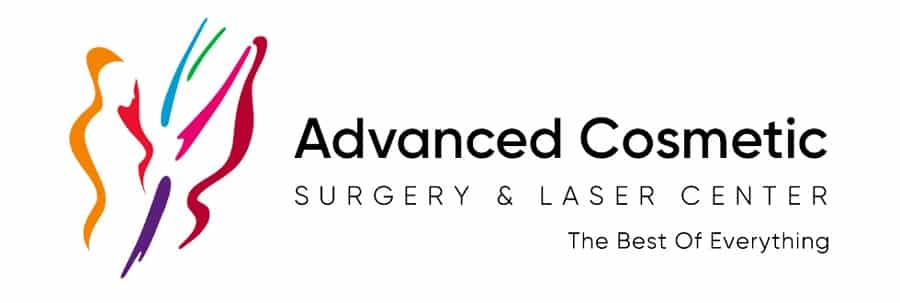Millions of people get Botox injections for cosmetic purposes to minimize facial expression lines. Now there is a new use for the muscle-relaxing effect – to slim calf muscles. For some, no amount of diet and exercise will reduce this area. Most of the time, it is our genes that determine the shape and size of calves.
Calf reduction may be desired to create a smooth contour from the knees to the ankle. Thicker calf muscles can make the lower legs appear shorter, more masculine, and can make wearing skinny pants and boots difficult.
Botox is less invasive than surgical modalities to treat this area. The gastrocnemius muscle is the most superficial calf muscle and is responsible for bulkiness and definition of the calf. During treatment, fine needles are used to make a series of small injections evenly across the gastrocnemius muscle. While dosing will vary, 40-100 units of Botox per calf is typically used.
Injecting Botox relaxes the muscle so it can’t fully contract, which may lead to a potential two-inch decrease in calf circumference and the appearance of a slimmer leg for up to six months.
Are there any concerns? Diminishing calf muscle size could change the way you walk, or put pressure on knees, hips and back where it shouldn’t be. For this reason, we start with a conservative dose to use the minimal amount needed to achieve the desired goal. Excessive relaxation of the muscle may hinder activation of the calf pump, which forces blood flow from the leg to the heart, which may increase risk of blood clots. Treating conservatively to use minimal dosing to achieve desired results will minimize these risks greatly.


Recent Comments